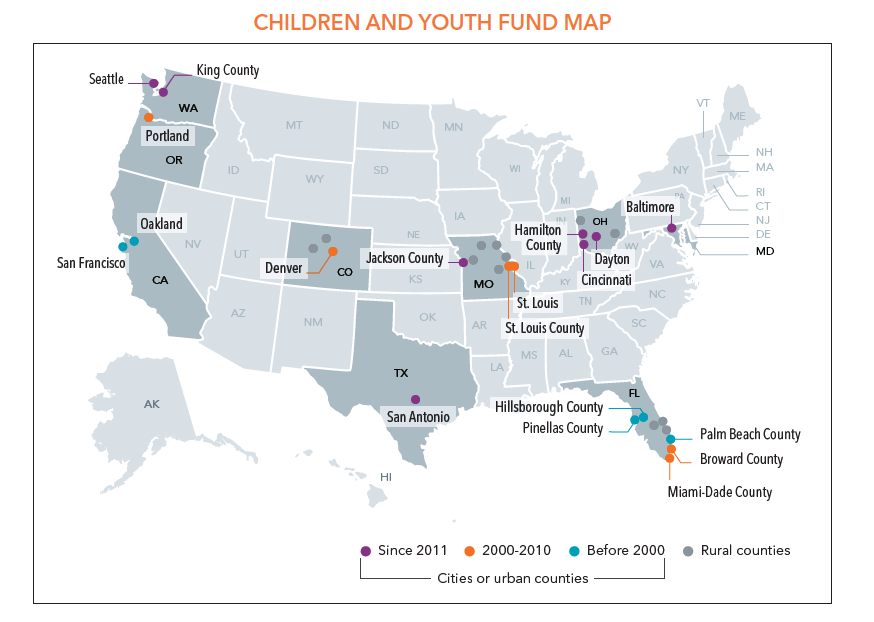Dedicated Youth Funds: Local Governments Respond to Inequality through Focused Investments in Children
By Emily Warren, postdoctoral fellow, 21st Century Cities Initiative, Johns Hopkins University

Earlier this year, the 21st Century Cities Initiative held a community forum on the importance of directly involving young people in Baltimore City’s policy and program design process. One of the main topics discussed was the city’s new Children and Youth Fund.
In November 2016, Baltimore City voters overwhelmingly approved a ballot measure allocating approximately $12 million per year from property tax payments for youth activities and programming. The Baltimore City Council formed a community-led task force to set guidelines for Baltimore’s Children and Youth fund. The task force recently submitted its recommendations for implementation of the fund to City Council; and City Council President Jack Young has since filed legislation that creates a framework for how the fund will be spent and managed, with an initial funding round scheduled for summer 2018.
This brief examines the history and trends of dedicated youth funds like Baltimore’s, including key elements of a youth fund cities should consider for ensuring public investments most effectively target disadvantaged youth and some of the broader policy implications associated with the recent proliferation of these funds nationwide.





